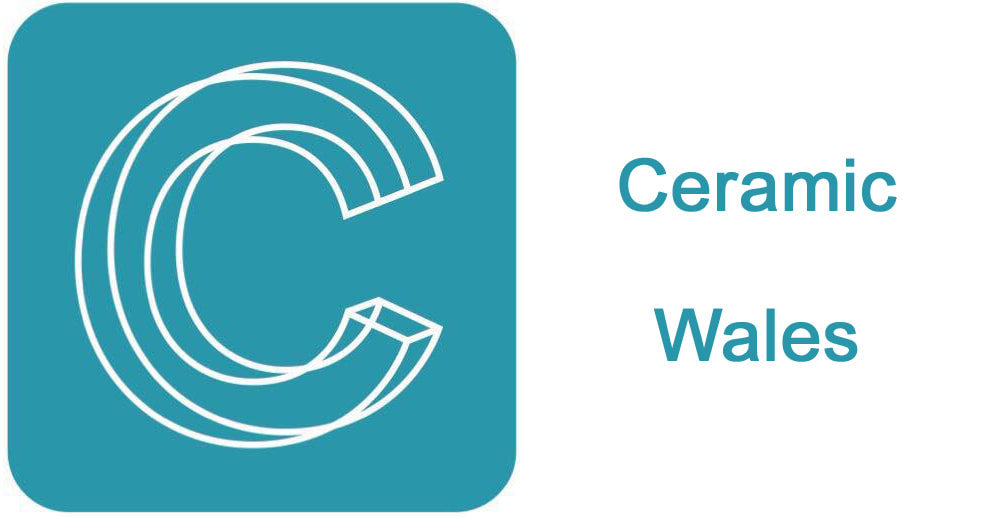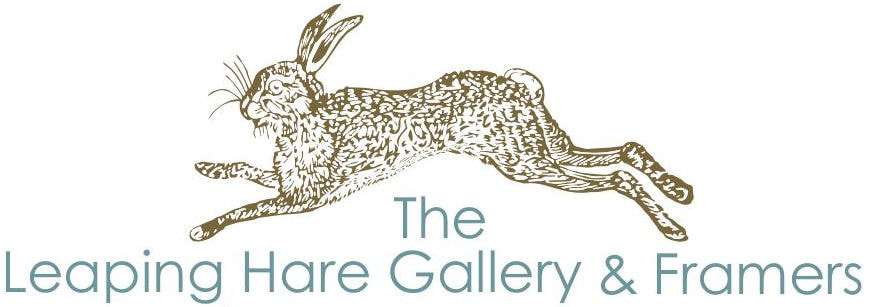|
So said Luca Pacioli, an Italian mathematician, Franciscan friar and friend of Leonardo da Vinci. For some, the idea of art and maths being linked can seem improbable, but both art and maths require spatial reasoning skills and the ability to recognise patterns. Artists and mathematicians use geometry in their work — including shapes, symmetry, proportion, and measurement. The Golden Ratio and the Fibonacci Spiral can be found in nature, art and architecture. You can see from my porcelain work my shared interest in art and maths, so I was very excited to travel on a beautiful Autumn day to Sunny Bank Mills to view their latest exhibition, The Potential of Pattern, which runs until 15th November. Pattern can be taken to mean the repetition of a shape, form, colour, rule or sequence and the underlying arrangement used to organise a surface or structure in a consistent, regular manner. All the artists and makers uniquely reference pattern in their work, whether through process, inspiration or form. The exhibition was well curated and featured a range of artwork; digital, video, collograph prints, silk weavings, quilts, marquetry and furniture and sculpture. I was particularly interested in the work of Dominic Hopkinson, Russell Hughes, Frances Priest and Jenny Hayes-Pappersaxsten. Dominic Hopkinson is currently Artist in Residence at The School of Mathematics, University of Leeds. his work explores the nature of form and philosophy and his tiling system is underpinned by phi (1.61803, the Golden Ratio). His Pentahectatetracontahedron seemingly hovers over its base. It is absolutely stunning, I have never seen plywood look so beautiful. If you need any help saying it, use 2 syllables at a time Penta - hecta - tetra - conta - hedron. What a mouthful!
0 Comments
|
Kate BuckleySculpture Archives
February 2024
|
All work is my own. ©Kate Buckley 2024
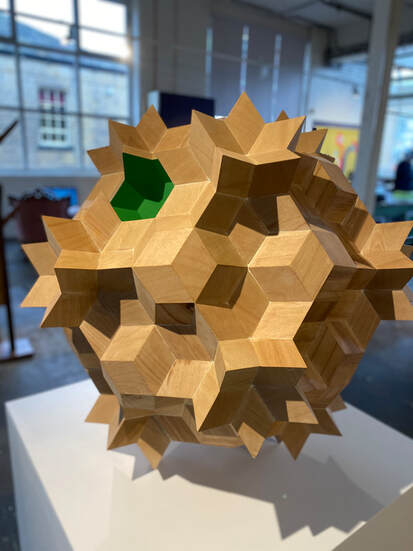
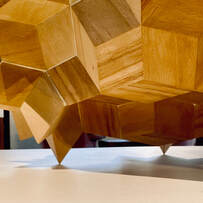
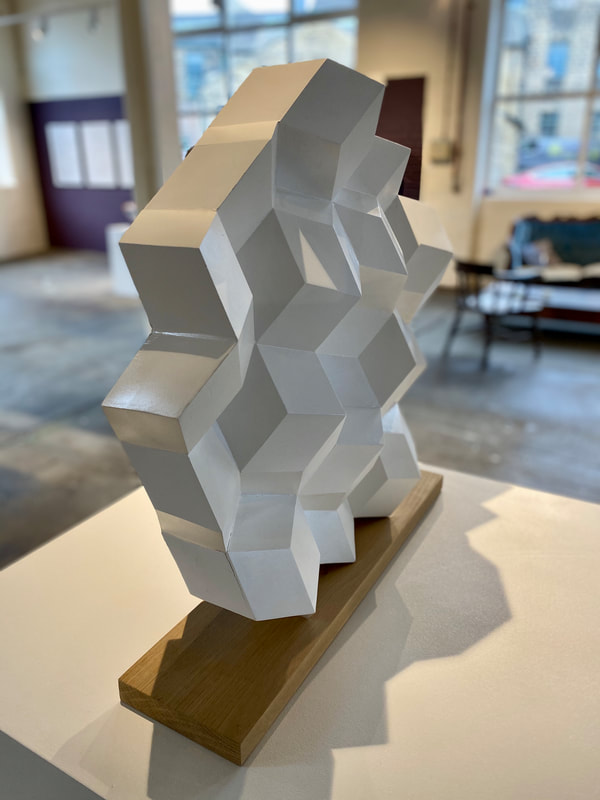
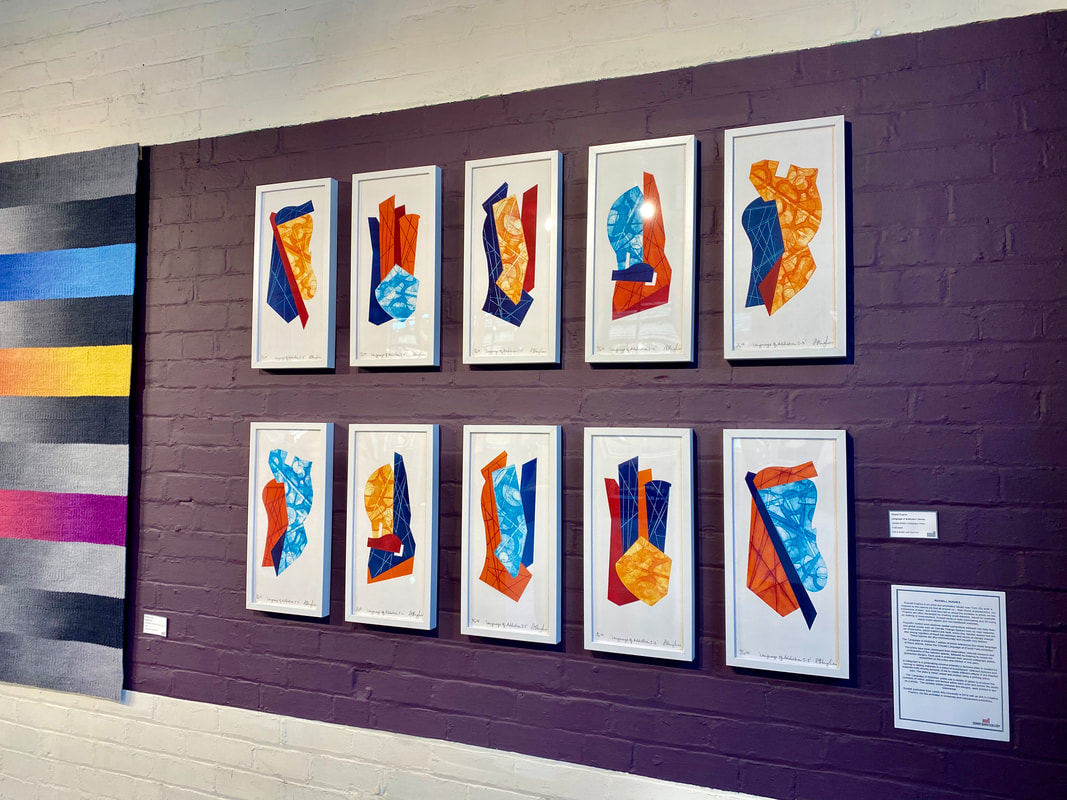
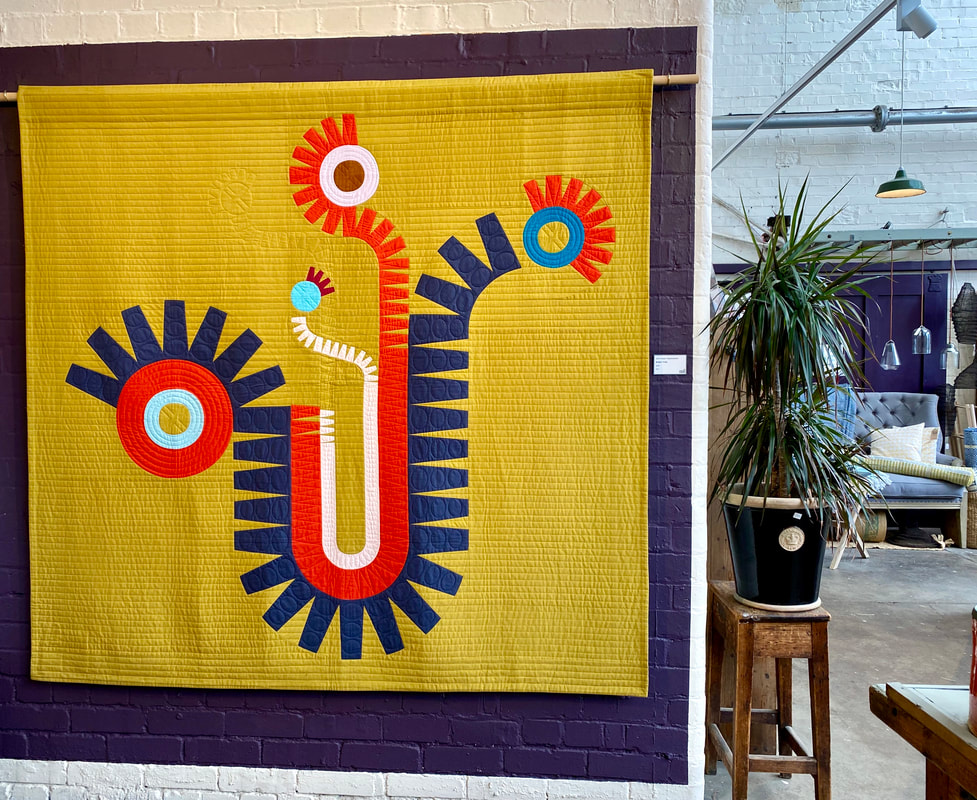
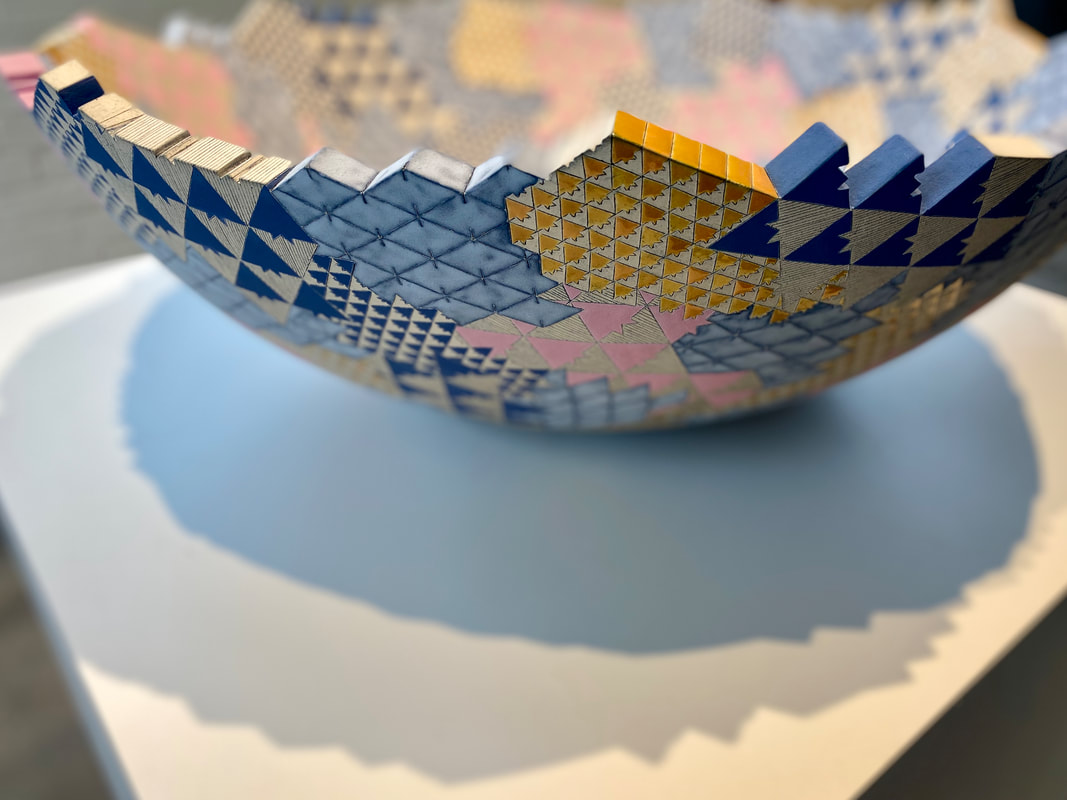
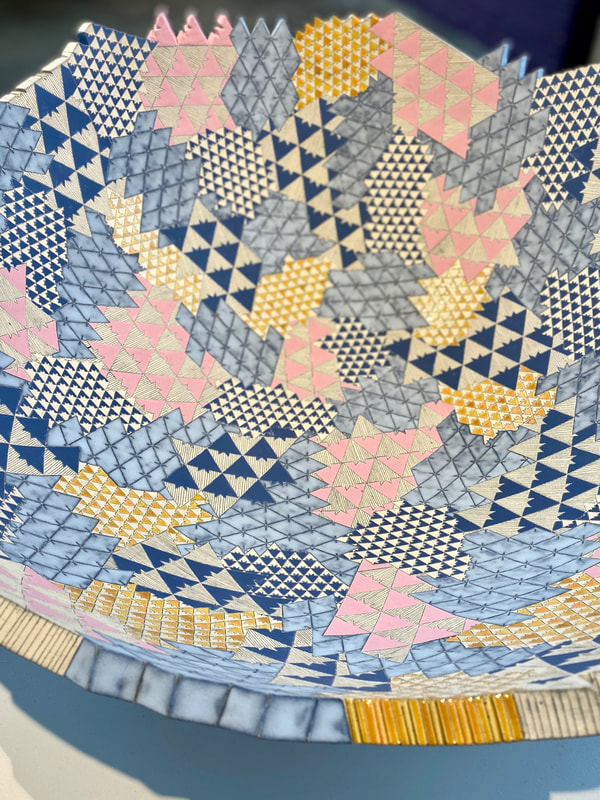
 RSS Feed
RSS Feed



